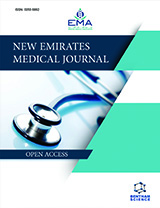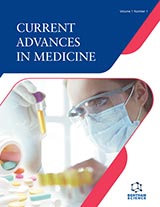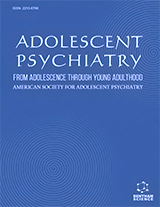Abstract
A variety of clinical trials for vaccines against cancer have provided evidence that DNA vaccines are well tolerated and have an excellent safety profile.
DNA vaccines require much improvement to make them sufficiently effective against cancer in the clinic. Nowadays, it is clear that an increased antigen expression correlates with improved immunogenicity and it is critical to vaccine performance in large animals and humans. Similarly, additional strategies are required to activate effective immunity against poorly immunogenic tumor antigens.
This chapter discusses very recent scientific references focused on the development of sophisticated DNA vaccines against cancer.
We report a selection of novel and relevant patented inventions employed to improve DNA vaccine immunogenicity through several strategies such as the use of tissuespecific transcriptional elements, nuclear localisation signalling, codon-optimisation and by targeting antigenic proteins to secretory pathway.
Recent patents validating portions or splice variants of tumor antigens as candidates for cancer DNA vaccines with improved specificity, such as mesothelin and hTERT, are also discussed.
Lastly, we review novel scientific references and patents on the use of genetic immunomodulators, such as “universal” T helper epitopes derived from tetanus toxin, Escherichia coli heat labile enterotoxin and vegetable proteins, as well as cytokines, chemokines or costimulatory molecules such as IL-6, IL-15, IL-21 to amplify immunity against cancer.
Keywords: Antigen targeting, cancer, clinical trials, chemokine, codon optimisation, codon usage, costimulatory molecule, cytokine, DNA vaccine, epitope optimisation, epitope selection, genetic adjuvant, immunogenicity, immunotherapy, intracellular compartment addressing, nuclear localisation signalling, plasmid backbone, plasmid delivery, T cell help, tumor antigen.






















